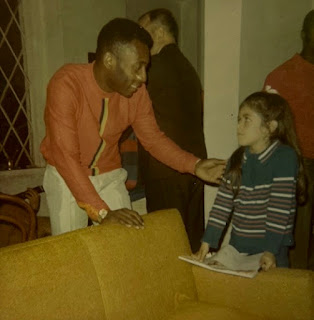Small promises: Nanotechnology and Computers
Nature (vol 441, p 489) : nanowire transistors made from silicon and germanium can outperform conventional silicon ones. Since each nanowire transistor is about half the size of the smallest silicon transistor, they could be used to obtain more processing power onto the same area of microchip. Super-fast nanoscale computing would give a much longer life to Moore's Law, according to which the number of transistors in a chip and therefore a chip’s speed would double roughly every 18 months.
Science (DOI: 10.1126/science.1122797) : single-molecule logic circuits, using carbon nanotubes instead of silicon pathways, could bring integrated circuits to near-terahertz processing speed, up from our current low-gigahertz range. Unlike conventional silicon circuits, the new nano-circuits s yield virtually no electron flow impedance, meaning current flows much faster, and hence processing can be much faster.
Nano Letters (March 2006): a "nano-skin", very flexible polymer infused with billions of carbon nanotubes, could be used to make completely bendy but very strong displays. One day we may go back to "volumes", computers you can roll-up.
New Scientist: a "nano-laser" can be generated by painting a solution of crystals onto glass. Infrared light is produced by dots 5.5 nanometres wide. This paint-on semiconductor laser could be used to connect microprocessors in an optical computer, a kind of super-fast computer that use light instead of electricity.
Science (vol 309, p 272): semiconducting nanowires made of indium arsenide, each about 100 nanometres in diameter and 100 times as long, could help building the quantum circuitry necessary for a future quantum computer.
Small promises indeed.





In addition, spintronic chips may be able to both manipulate and store data.
ReplyDeletehttp://www.sciencedaily.com/releases/2006/07/060728162310.htm
In a meld of the digital and the physical worlds, HP has developed a tiny memory chip that swaps data via wireless and can be embedded in any object.
http://news.bbc.co.uk/go/em/fr/-/2/hi/technology/5186650.stm
--Ken